

Creative Homework Ideas For Your Students
Setting appropriate homework tasks is a big part of your teaching role. Setting homework is an opportunity to ensure that your students have absorbed the lesson and can apply what they've learnt to individual study. Homework allows students to reflect on your teachings and broaden their understanding of a particular subject or topic.
However, motivating your class to view homework this way might be something of a challenge! Most young people find settling down to complete homework outside of school hours challenging. If the task feels overwhelming or difficult or seems monotonous, they might just go through the motions of getting it done rather than giving it their full energy and attention and completing it the best they can.
So how can you ensure students' love of learning continues outside the classroom and that they not only give their all to completing homework but actually enjoy it too?
By getting creative with the work you set and thinking about how you can engage and motivate students to complete their homework, you will undoubtedly see better results.
Here are some excellent homework ideas to help encourage creative, student-led learning.
Exciting, engaging homework ideas to keep your students paying attention
Write their own lesson plan.
If you want to give your students a chance to step into your shoes for the day, why don't you ask them to create their own lesson plan around a topic they've learnt about or are about to learn? This will give them a chance to showcase their knowledge, do research and think creatively. You'll also learn more about how your students like to work and what would make a good lesson from their perspective, which could help inform how you shape your lessons in the future.
Write a speech or story from a different perspective
If your students are learning about a famous historical figure or studying a classic text, why not get them to think about different perspectives? You could ask them to embody someone influential from a particular period or a character from a play or story and write a speech or story from that person's point of view.
Create a board game
Gamification is always a fun idea to try to inject energy into the classroom, and getting your students to create their very own board game is a fantastic way to keep things fun while also getting them engaged in their learning. Games could centre around a particular topic; they could be quiz-based, matching games, or number games - let them get as creative as they like. You can then have fun in class playing the best ones too.
Go on a treasure hunt
As a fun homework task that will get your students out and about, ask them to go on a treasure or scavenger hunt, finding certain things that are related to your topic. For younger children, this could be as simple as collecting leaves, flowers, or twigs they might find in their local park, or particular shapes or colours, but older children can benefit from this kind of task too by setting more complicated challenges.
Create a collage
Creating collages can be a fun and interesting way for students to demonstrate their learning, improve their research skills and use their creativity and imagination and can be based on a variety of different topics so they work well across lots of subjects. Encourage them to stick cutouts, fabrics, tickets, photographs, and any other relevant materials to make up their collages, and then they can take turns presenting these in class.
Film a video
If your students are older and have mobile phones, you could set a video-making task for them to do at home. This could involve interviewing friends and relatives about a topic or filming themselves talking about a specific subject, or answering a particular question. Students could share their videos in class and will love being able to use their phones in school for once!
Create a crossword
Get your students to think creatively about questions and answers by asking them to create their very own crossword puzzle, using the material you've taught them in class as a basis. You can ask them to bring all their crossword puzzles into class and then swap them with each other to see if other students can fit the answers in correctly.
Find fun facts
Almost every subject has weird and wonderful facts surrounding it. Did you know, for example, that the word 'hundred' derives from an old Norse term 'hundrath,' which actually means 120?! Or that water can both boil and freeze simultaneously? Encourage your students to find the most obscure or interesting facts about the subjects you are teaching them, and then you can all share your findings in class.
Looking for your next job in teaching?
If you are looking for a new teaching role, we can help! At Horizon Teachers, we work with you to help you find the perfect role in education to suit your needs. Our extensive jobs board lists all the latest teaching jobs, and our friendly team of recruitment specialists is just a phone call away!
- See more at: https://www.horizonteachers.com/blog/2023/01/creative-homework-ideas-for-your-students/279#sthash.x9SGIBTc.dpuf


Fun teaching resources & tips to help you teach math with confidence

14 Creative Middle School Geometry Ideas {Tips & Free Resources!}
Want to make geometry concepts engaging, meaningful & hands-on? This list of 10+ middle school geometry ideas is sure to have something you can use in your home or classroom!
Geometry in middle school opens up a world of exploration, giving students tools to understand shapes, space, and dimensions—all essential for visual problem-solving . Instead of boring worksheets, hands-on and creative problem solving tasks make these concepts much more engaging and will help with retention. Once students hit middle school, they move beyond simply naming & composing shapes .
Geometry topics cover everything from shape properties and angle relationships to calculating areas, perimeters, and volumes of 2D and 3D figures, as well as applying the Pythagorean Theorem. Building a strong grasp of these topics is crucial for students’ math confidence–and they’ll have more fun while learning!
If you’re ready to explore geometry in engaging, visual and hands-on ways, check out the full list of resources & ideas below . Resources are organized by math concept , making it easier to scan and find what you need.

14 Middle School Geometry Ideas & Resources:
To begin, take a look at some measurement activities, focusing on area, perimeter & circumference with 2D shapes, then find ideas for exploring measurements with 3D shapes.
Exploring 2D Shapes Activities: Understanding Shapes, Measurements & Angles
Explore 2D Shapes with Geoboards : When you’re ready to begin your geometry unit, start by creating, analyzing & calculating with shapes on a geoboard. In this post, you’ll find simple ideas to get started, along with free activity cards .
Explore Triangles with Geoboards & “The Greedy Triangle” : Want to help students understand triangles more deeply (including the triangle inequality theorem)? Create & compare triangles on a geoboard!
Exploring the Angles in Triangles : Dive deeper into triangle relationships as students cut up & measure triangles to discover some amazing triangle theorems .
Area of a Circle Exploration : Ready to dive into circle measurements? This hands-on, visual lesson combines a visual circle with a graphing calculator to consider what the area of a circle really means.
“Pass the Pi” Investigation of the Number Pi : Whether you are exploring circle measurements or just looking for a “Pi Day” activity, this lesson is a great way for students to discover the relationship between the circumference & diameter of a circle.
How Tall is a Building? Indirect Measurement Lesson : Lastly, once your students have learned about similar triangles, a great application is indirect measurement . In this activity, students are guided through using indirect measurement to find the height of their school building.
Exploring 3D Shapes Activities: Nets, Surface Area & Volume
Once students have a solid understanding of 2D shapes & their measurements, it’s time to move to 3D shapes . This opens up a new set of math to explore, and using hands-on discovery activities not only makes math more fun, it will help students better grasp the concepts.
Foldable 3D Shape Nets : Before you can begin measuring & calculating with 3D shapes, you have to understand the shapes themselves! I usually start by allowing students to decorate & fold their own set of 3D shapes using these nets, which we can then refer back to throughout our study of 3D shape properties & measurements.
Explore the Surface Area of Prisms & Cylinders : This hands on activity helps students connect the surface area to the area of each face & come up with their own formula.
Explore the Surface Area of Pyramids & Cones : This activity takes students a step further to explore pyramids & cones & how they are different from prisms.
Which Cup will Hold the Most Hot Chocolate? As an introduction to the volume of cylinders, you might try this interesting question. This is a great warm-up and an opportunity for students to think about how the width and height affect volume.
Explore the Volume of Prisms & Cylinders : Once again, this activity is hands-on, allowing students to see & discover volume themselves, and make sense of how it differs from surface area.

Exploring Pythagorean Theorem: Hands-On Activities & Real Life Application
Lastly, if your 8th graders are ready to learn all about Pythagorean Theorem & how it can help solve real life math problems involving right triangles. Once they’ve proven, understood and mastered this theorem, they will be ready for more complex calculations in high school geometry class!
Prove the Pythagorean Theorem with LEGO Bricks : This hands-on activity will help students ‘see’ the theorem and understand what all the letters & measurements mean.
Pythagorean Theorem in the Real World : Find two different printable sets to help students actually use and apply this theorem in real life.
- 3 Real World Examples to Explore Pythagorean Theorem
- Pythagorean Theorem Word Problem Task Cards
I hope that gives you lots of engaging, hands-on & creative ways to make geometry come alive for your students! Don’t just list out formulas to memorize. Discover formulas, properties, theorems & more through play & exploration! Have FUN with these middle school geometry ideas!
Want more engaging & creative teaching ideas for your middle school students ?
You might want to check out Math Geek Mama+ , my all-access membership , which includes hundreds of ready to use materials for grades 5-8 . There are even more geometry resources ready for you to download inside Math Geek Mama+.
LEARN MORE ABOUT MATH GEEK MAMA+ HERE.
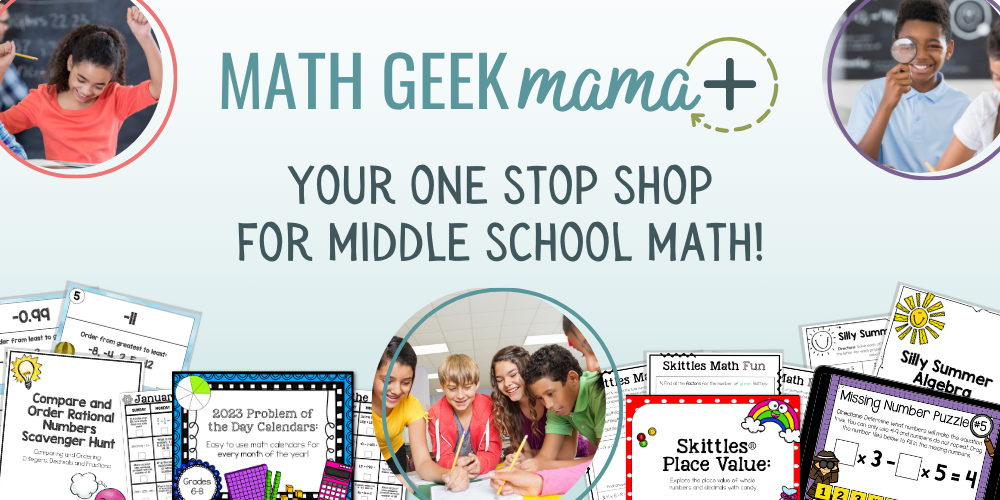
Similar Posts
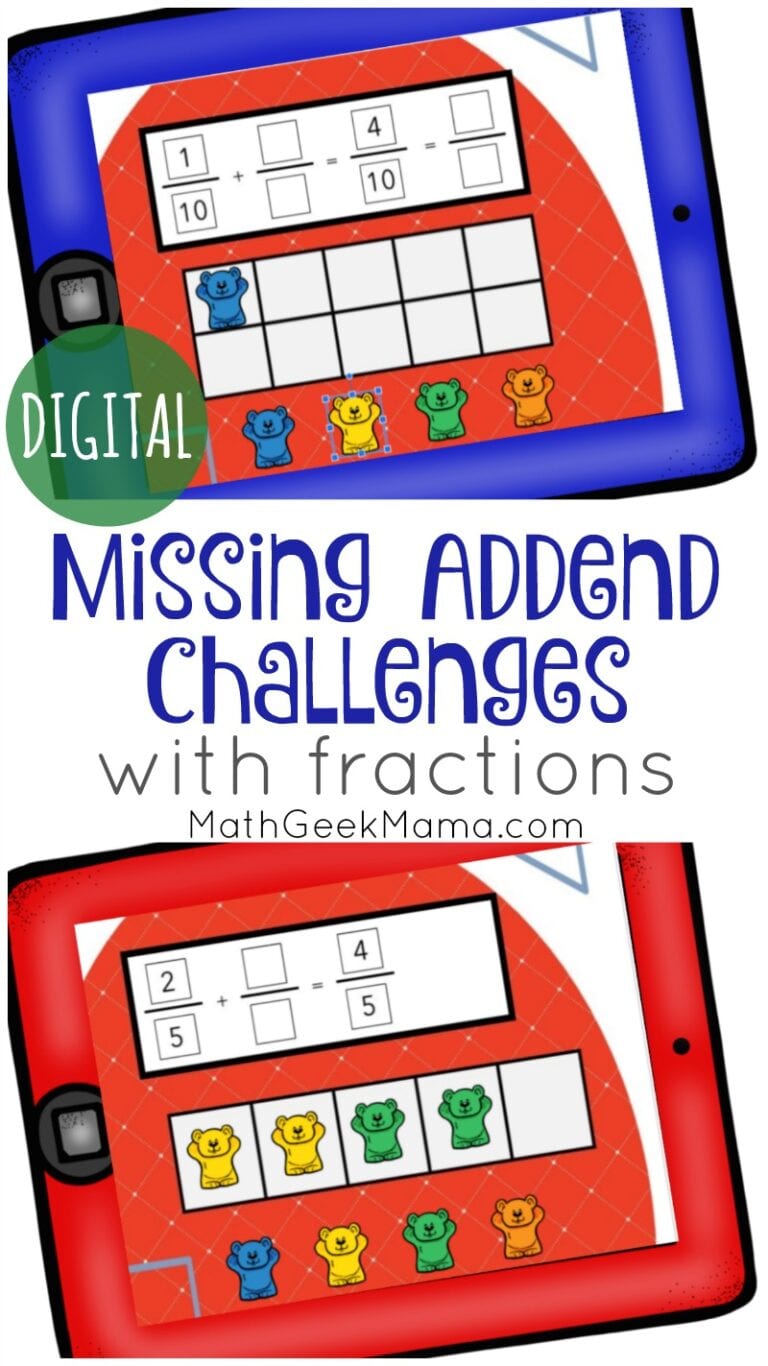
Missing Addend with Fractions: Challenges for Google Slides {FREE}
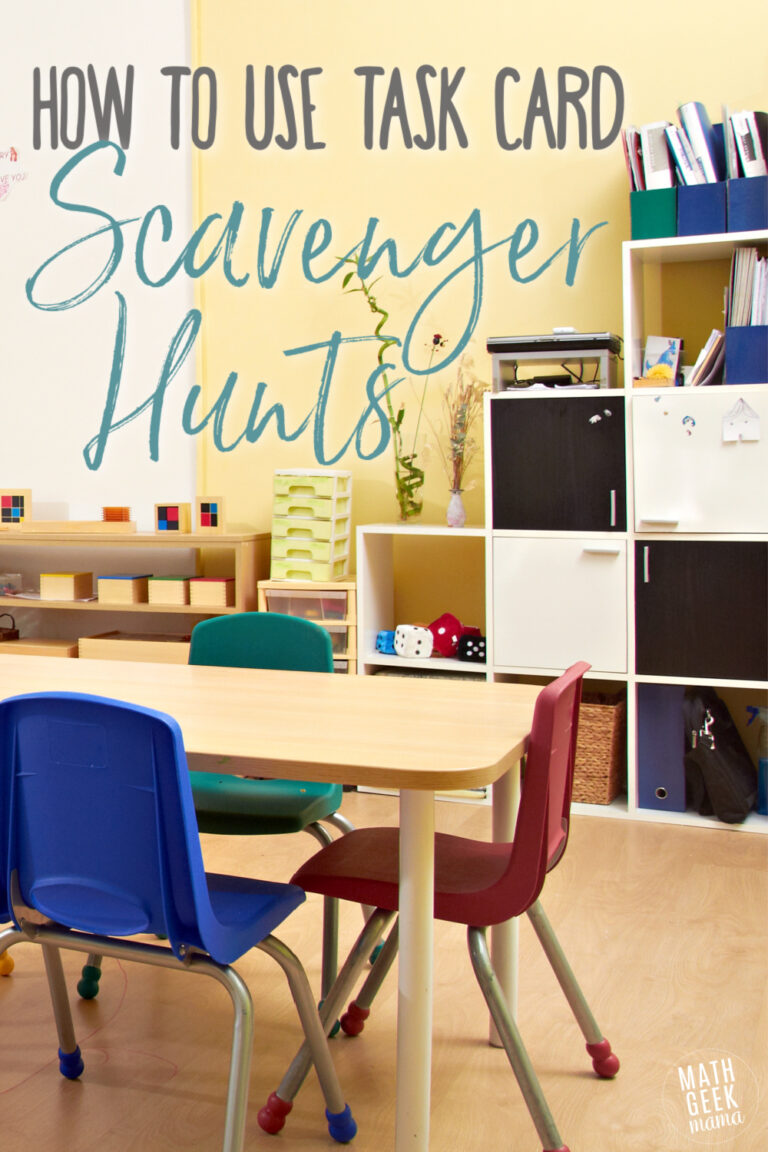
Math Scavenger Hunts: Simple Math Practice for the Classroom {with FREE Hunts!}
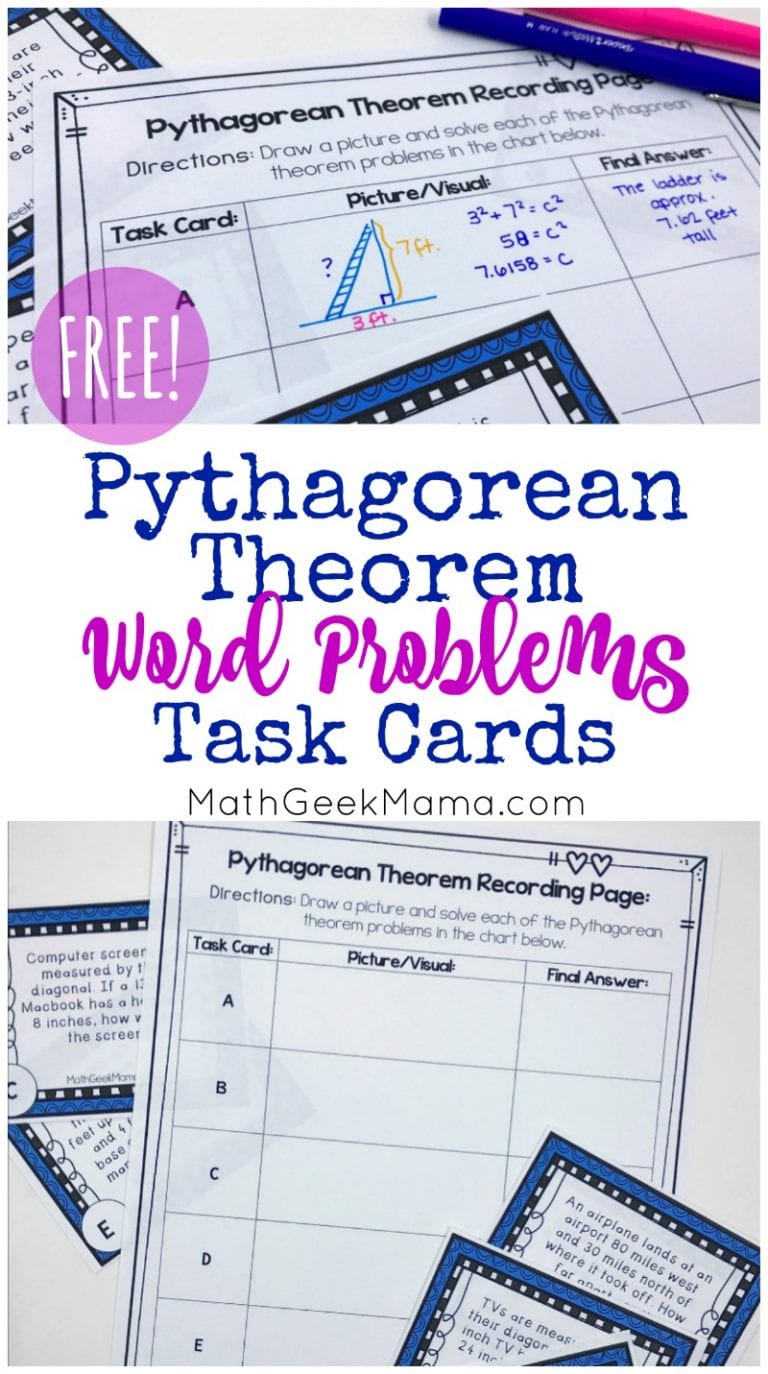
{FREE} Pythagorean Theorem Word Problems Task Cards
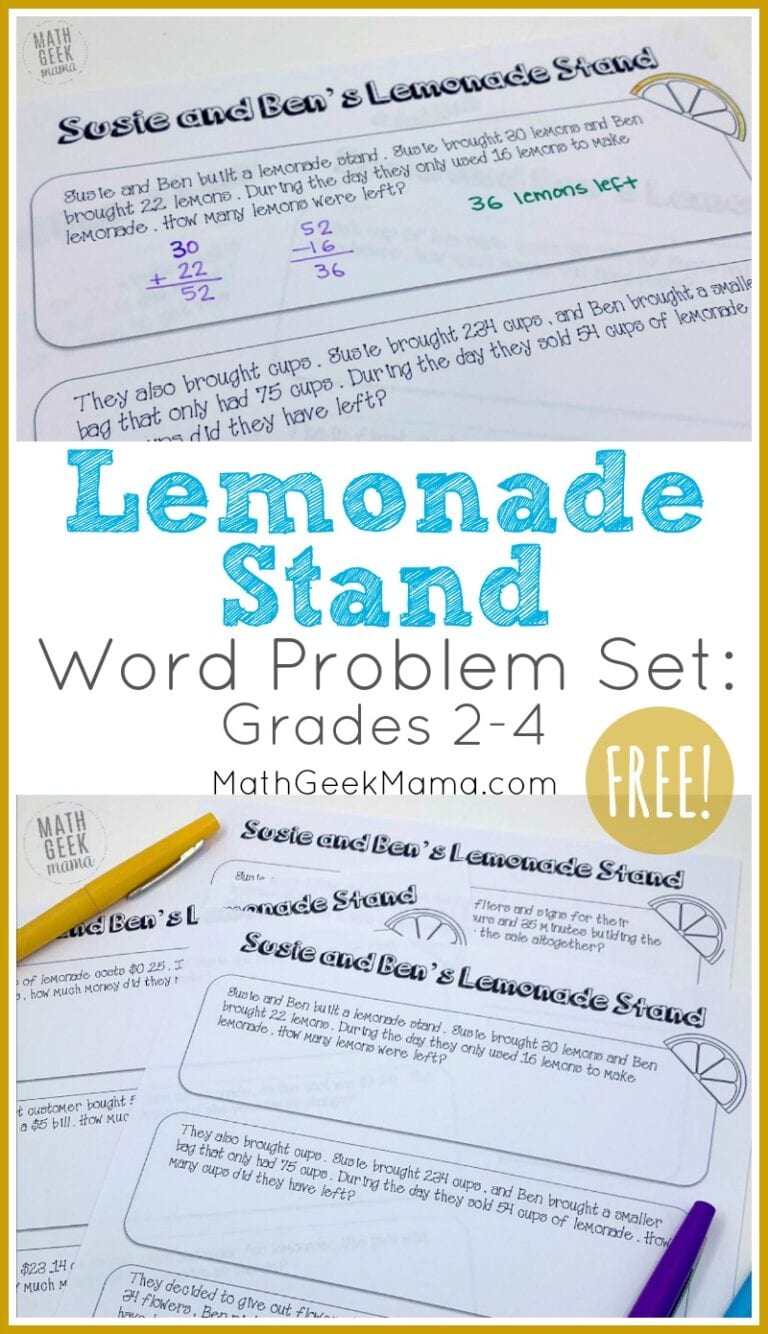
{FREE} Lemonade Stand Word Problems for Grades 2-4
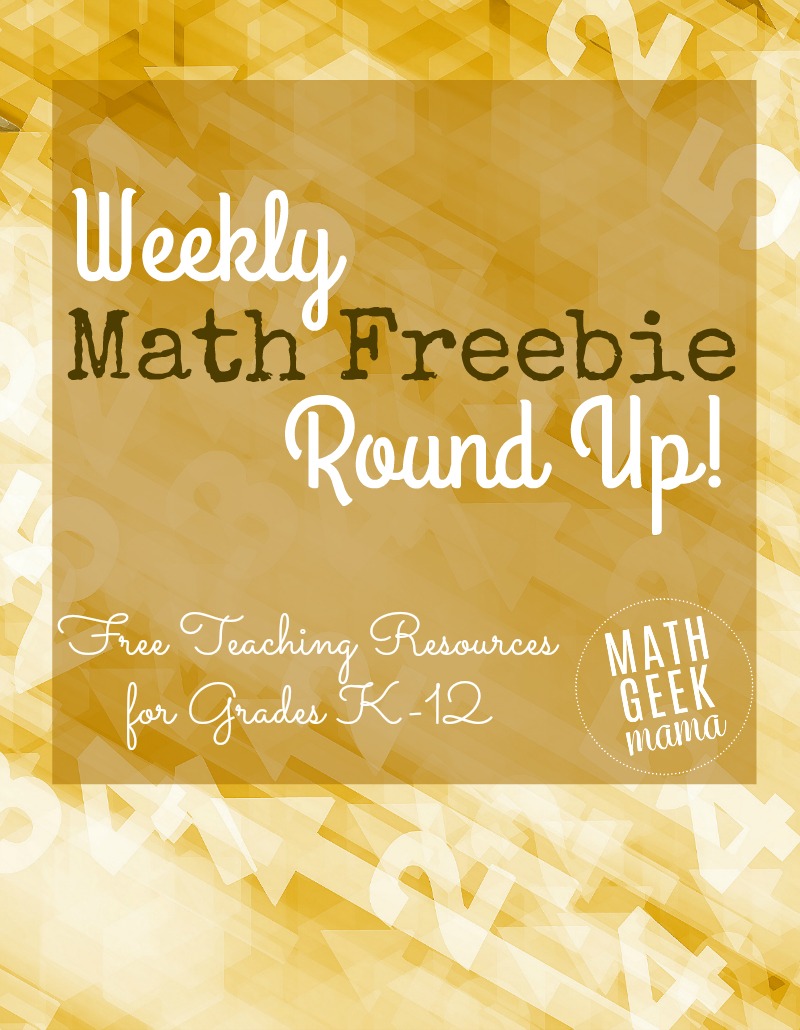
Weekly Math Freebie Round Up!
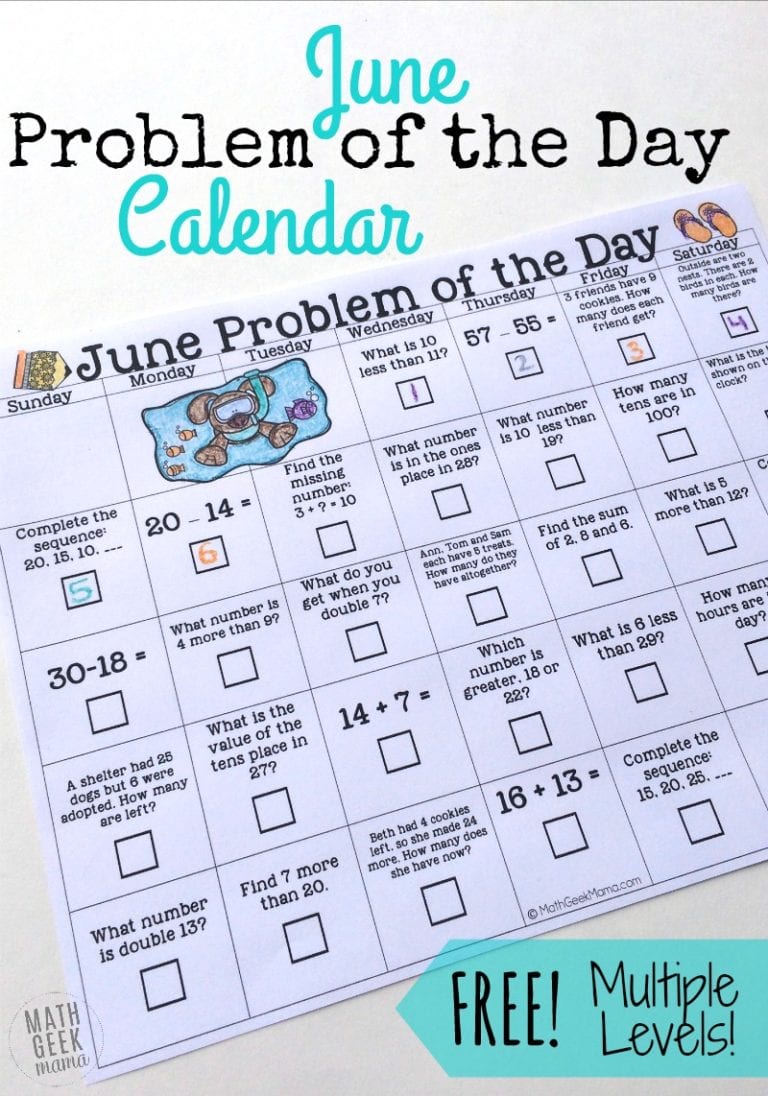
June Math Problem of the Day Calendar
Find more resources to help make math engaging, join 165k+ parents & teachers.
Who learn new tips and strategies, as well as receive engaging resources to make math fun!
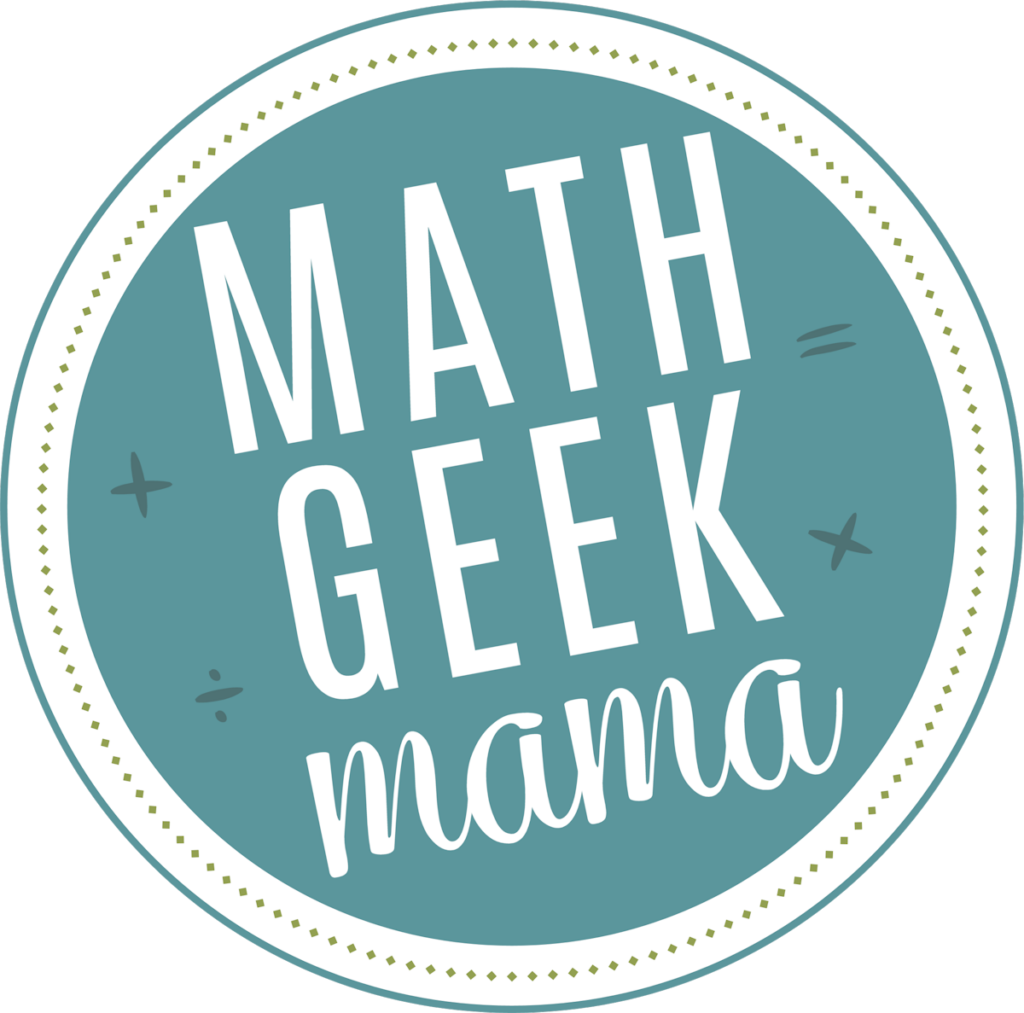
- Privacy Policy
Math Time Doesn't Have to End in Tears
Join 165,000+ parents and teachers who learn new tips and strategies, as well as receive engaging resources to make math fun. Plus, receive my guide, "5 Games You Can Play Today to Make Math Fun," as my free gift to get you started!

- Articles / Homework
Smart Homework: 13 Ways to Make It Meaningful
by MiddleWeb · Published 08/04/2014 · Updated 11/17/2019
In the first installment of Rick Wormeli’s homework advice, he made the case for take-home assignments that matter for learning and engage student interest . In Part 2, Rick offers some guiding principles that can help teachers create homework challenges that motivate kids and spark deeper learning in and out of school.
These articles are adapted and updated from Rick’s seminal book about teaching in the middle grades, Day One & Beyond: Practical Matters for New Middle Level Teachers . Rick continues to offer great advice about homework, differentiation, assessment and many other topics in workshops and presentations across North America. Check back in Part 1 for some additional homework resources.

I’ve been accumulating guiding principles for creating highly motivating homework assignments for many years — from my own teaching and from the distilled wisdom of others. Here are a baker’s dozen. Choose the ones most appropriate for students’ learning goals and your curriculum.
1. Give students a clear picture of the final product. This doesn’t mean everything is structured for them, or that there aren’t multiple pathways to the same high quality result. There’s room for student personalities to be expressed. Students clearly know what is expected, however. A clear picture sets purpose for doing the assignment. Priming the brain to focus on particular aspects of the learning experience helps the brain process the information for long-term retention. Setting purpose for homework assignments has an impact on learning and the assignment’s completion rate, as research by Marzano and others confirms.
2. Incorporate a cause into the assignment. Middle level students are motivated when they feel they are righting a wrong. They are very sensitive to justice and injustice. As a group, they are also very nurturing of those less fortunate than them. Find a community or personal cause for which students can fight fairly and incorporate your content and skills in that good fight— students will be all over the assignment.

4. Incorporate people whom students admire in their assignments. Students are motivated when asked to share what they know and feel about these folks. We are a society of heroes, and young adolescents are interested in talking about and becoming heroic figures.
5. Allow choices, as appropriate. Allow students to do the even-numbered or odd-numbered problems, or allow them to choose from three prompts, not just one. Let them choose the word that best describes the political or scientific process. Let them identify their own diet and its effects on young adolescent bodies. Let them choose to work with partners or individually. How about allowing them to choose from several multiple-intelligence based tasks? If they are working in ways that are comfortable, they are more likely to do the work. By making the choice, they have upped their ownership of the task.
6. Incorporate cultural products into the assignment. If students have to use magazines, television shows, foods, sports equipment, and other products they already use, they are likely to do the work. The brain loves to do tasks in contexts with which it is familiar.
7. Allow students to collaborate in determining how homework will be assessed. If they help design the criteria for success, such as when they create the rubric for an assignment, they “own” the assignment. It comes off as something done by them, not to them. They also internalize the expectations—another way for them to have clear targets.
With some assignments we can post well-done versions from previous years (or ones we’ve created for this purpose) and ask students to analyze the essential characteristics that make these assignments exemplary. Students who analyze such assignments will compare those works with their own and internalize the criteria for success, referencing the criteria while doing the assignment, not just when it’s finished.
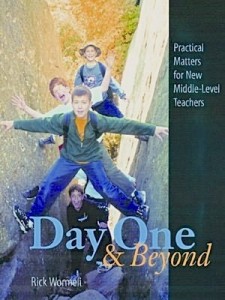
9. Spruce up your prompts. Don’t ask students to repeatedly answer questions or summarize. Try some of these openers instead: Decide between, argue against, Why did ______ argue for, compare, contrast, plan, classify, retell ______ from the point of view of ______, Organize, build, interview, predict, categorize, simplify, deduce, formulate, blend, suppose, invent, imagine, devise, compose, combine, rank, recommend, defend, choose.
10. Have everyone turn in a paper. In her classic, Homework: A New Direction (1992), Neila Connors reminded teachers to have all students turn in a paper, regardless of whether they did the assignment. If a student doesn’t have his homework, he writes on the paper the name of the assignment and why he didn’t do it.

11. Do not give homework passes. I used to do this; then I realized how much it minimized the importance of homework. It’s like saying, “Oh, well, the homework really wasn’t that important to your learning. You’ll learn just as well without it.” Homework should be so productive for students that missing it is like missing the lesson itself.
12. Integrate homework with other subjects. One assignment can count in two classes. Such assignments are usually complex enough to warrant the dual grade and it’s a way to work smarter, not harder, for both students and teachers. Teachers can split the pile of papers to grade, then share the grades with each other, and students don’t have homework piling up in multiple classes.
There are times when every teacher on the team assigns a half-hour assignment, and so do the elective or encore class teachers. This could mean three to four hours of homework for the student, which is inappropriate for young adolescents.
13. Occasionally, let students identify what homework would be most effective. Sometimes the really creative assignments are the ones that students design themselves. After teaching a lesson, ask your students what it would take to practice the material so well it became clearly understood. Many of the choices will be rigorous and very appropriate.

This is one reason I always recommend that, as a basic premise, we avoid Monday morning quizzes and weekend or holiday homework assignments. Sure, there will be exceptions when long-term projects come due. But if we are really about teaching so that students learn and not about appearing rigorous and assigning tasks to show that we have taught, then we’ll carefully consider all the effects of our homework expectations. Our students will be more productive at school for having healthier lives at home.
▶ More resources from Rick Wormeli:
Although Rick never mentions the word homework in this article about helping adolescent students improve their “executive function,” you will immediately see the connections! At the AMLE website .
NEXT: In our final excerpt from Day One & Beyond, Rick Wormeli shares his approach to homework assessment – with an clear emphasis on maintaining teacher sanity.

His books include Meet Me in the Middle ; Day One and Beyond ; Fair Isn’t Always Equal: Assessment and Grading in the Differentiated Classroom ; Differentiation: From Planning to Practice; Metaphors & Analogies: Power Tools for Teaching Any Subject, and Summarization in Any Subject , plus The Collected Writings (So Far) of Rick Wormeli: Crazy Good Stuff I Learned about Teaching Along the Way .
He is currently working on his first young adult fiction novel and a new book on homework practices in the 21 st century.
Share this:
Tags: Day One & Beyond grading homework homework homework guidelines homework policies Rick Wormeli why homework
MiddleWeb is all about the middle grades, with great 4-8 resources, book reviews, and guest posts by educators who support the success of young adolescents. And be sure to subscribe to MiddleWeb SmartBrief for the latest middle grades news & commentary from around the USA.
4 Responses
- Pingbacks 0
This is a really great article. It has helped me tremendously in making new and better decisions about homework.
Fabulous sage advice! Although I love every single suggestion you’ve included, I am particularly fond of the elimination of the “homework pass”. As a former middle-level teacher and administrator, I too found the homework pass diminished the importance of follow-up work – a necessary component in determining the level of student understanding.
I do give 2 passes, but they just extend due date by a day. And if not used, they may be returned at the end of the 9 weeks for extra credit.
Rick Wormeli’s ideas and tips in this article continue to be stimulating and useful. That said, it’s been more than a decade since the first edition of his book on grading, homework and assessment, Fair Isn’t Always Equal appeared.
In the intervening years, Rick’s thinking about homework has benefited from his work with teachers and in schools and plenty of debate. In April 2018, he published a new 2nd edition of Fair Isn’t Always Equal that includes an even deeper discussion of homework and its relationship to best practice, differentiation, and the moral obligation of educators to insist on effective homework policies.
Visitors to the Stenhouse page for the new book can preview the *entire* text for free, so be sure to check that out.
Here’s a brief excerpt from the new book:
Tenet: Homework should enable students to practice what they have already learned in class and should not present new content for the first time. Principled Responses:
• I will not assign homework to students who do not understand the content. • I will give homework to some students and no homework or different assignments to others, depending on their proficiency. • I will use exit slips and formative assessment during class so I can determine proper after-school practice for each student. • I will not give homework because parents and administrators expect me to do so, or assign homework because it’s a particular day of the week. • I will assign homework only if it furthers students’ proficiency in the field we’re studying.
Thanks to Rick for giving us permission to share this!
Leave a Reply Cancel reply
Your email address will not be published. Required fields are marked *
Notify me of follow-up comments by email.
Notify me of new posts by email.
This site uses Akismet to reduce spam. Learn how your comment data is processed .
- Popular Posts
- Recent Posts
- Recent Comments

Articles / Questioning
Designing Questions That Support Scaffolding

Book Reviews / Leadership
Effective Principals Find Their Leadership Edge

Articles / Vocabulary
Vocab and Context Clues Across the Curriculum

Chunking 2.0 / The Unstoppable ML Teacher
The Input-Output Loop: It’s Chunking 2.0 for MLs

Book Reviews / Equity
Improving Opportunities & Outcomes for Black Kids

Math Strategies / Meaningful Math
Random Groups for Math Discovery and Practice

Articles / Grammar
Reframing the Focus Away from Language ‘Correction’

Book Reviews / Mindsets
Mindsets Are Not Just Found in Our Heads

STEM By Design / Student Innovation
Use the Stories of Young Inventors to Inspire Kids

Articles / Multilingual Learners
Supporting MLs: It’s Not Just One More Thing

Articles / Student Research
A Tool to Help Students Share Their Research

Book Reviews / Technology
Essential AI Strategies for Every Classroom

Articles / Leadership
Teacher Evaluation That Works for Everyone
- Breyanna says: I completely agree with you and I think this is something...
- Emily says: Great ideas...thanks for the ideas!
- Kay Ingrum says: Great information. I will share with my colleagues. Thank you!
- Debbie Silver says: This is so cool!! Reading about these creativity teachers fostered in...
- Susan Curtis says: Sonya, that book is now available at https://shop.capstonepub.com/Shop/s/product/detail/01t4z00000Ad69kAAB . The description...
Sign Up & Receive the Latest News about Our Content…
Email address:
First Name:
Read our Privacy Policy
BOOK REVIEWS

Serving Gifted Students from Low-Income Homes

Language and Literacy for Multilingual Learners

How Teachers Can Help Anxious Kids in Class

Changing Harmful Beliefs about Math Education

Start your Educational Consulting Business

100-Word Stories to Support SLIFE Literacy

Engaging All Students with Imaginative Writing

Reflections on Teachers’ Life-Shaping Power

Engage All Students with Offbeat Math Problems

How Reader’s Theater Builds Reading Fluency

Use Emotional IQ Skills to Navigate Turbulence

Reach Past the Timeline with Thematic History

Literacy Instruction Can Promote Social Justice

Centering Love, Justice & Liberation in Schools

Routines for Creating Reading Communities
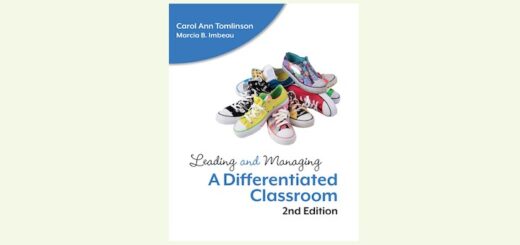
All the Tools You’ll Need for Differentiation

IMAGES